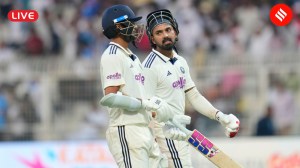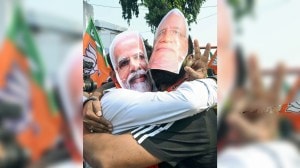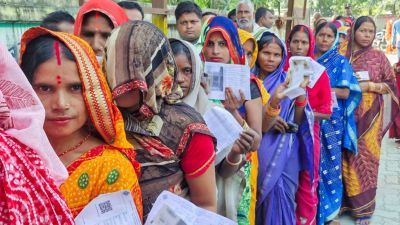Stay updated with the latest - Click here to follow us on Instagram
Spectrum limit enhanced,licence fee uniform at 8 pct: Sibal
Future licences will be auctioned; licences not to be linked with spectrum allocation.
In a major advantage to old GSM operators,the government on Wednesday said all service providers would be allowed to hold higher spectrum of up to 10 MHz,a move that would help them offer quality services.
Announcing a part of the New Telecom Policy,Telecom Minister Kapil Sibal said,The prescribed limit on spectrum assigned to a service provider will be 2×8 MHz (paired spectrum) for GSM technology for all service areas other than Delhi and Mumbai where it will be 2×10 MHz (paired spectrum).
Current prescribed limit is 6.2 MHz of GSM spectrum.
Players would,however,be free to acquire additional frequency beyond the prescribed limit,in the open market,should there be an auction of spectrum subject to the limits prescribed for merger of licences.
Old GSM operators are supposed to pay one-time charge for extra spectrum beyond 6.2 MHz but it was not clear whether now one-time charge would be beyond the new prescribed limit or not.
All spectrum would be delinked from the licence from now,he said,adding that a decision on pricing of spectrum or one-time charge for extra spectrum held by some incumbent operators would be taken later in view of the Supreme Court judgement that cancelled 122 2G licences issued in 2008.
When asked about the impact of new norms announced today on subscribers,he said users should get better services and at affordable rates due to more efficient usage of spectrum.
He also announced a uniform licence fee of eight per cent of Adjusted Gross Revenue across services and circles as compared to range of 6-8 per cent now. Licence fee is a levy paid by all operators as the annual fee.
On renewal of licenses,Sibal said the renewal of licence would be done for 10 years.
It will not be an automatic continuance of the existing licence condition,including the quantum and the price of spectrum to be allocated,but the certainity is there that licence will be renewed for a period of 10 years, he said.
The prescribed limit for CDMA operators,however,remains unchanged at 2X5 Mhz.
GSM operators lobby,COAI,said the announcement was in line with expectations.
Though most recommendations are as per TRAI recommendations,we are disappointed with the uniform license of 8 per cent. We don’t see any rationale and we had hoped it would have been lower, COAI General Secretary RS Mathews said.
He also expressed dissatisfaction on the reduction in license term from 20 years to 10 years.
Telecom industry is an investment heavy sector and we had recommended 20 years as we think 10 years is a short duration, he added.
For migration to the new unified license regime,operators would also have to pay an entry charge. For metros and A circles,it would be Rs 2 crore,while Rs 1 crore and Rs 50 lakh would be charged for B circles and C circles,respectively.
Giving a go-ahead to mergers and acquisitions,Sibal said the new entity with a market share of upto 35 per cent would be allowed.
Telecom regulator TRAI has been asked to formulate guidelines,following which the ministry will take a final call on the issue.
The market share would be determined based on total subscriber base of the merged entity and the AGR of the licencee.
The new policy would also spectrum sharing between operators in the same circle. Sharing,however,would not be permitted among licensees having 3G spectrum.
The minister said the sectoral regulator TRAI would undertake regular spectrum audit to review the usage of available spectrum.







